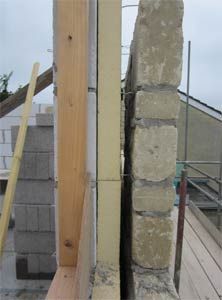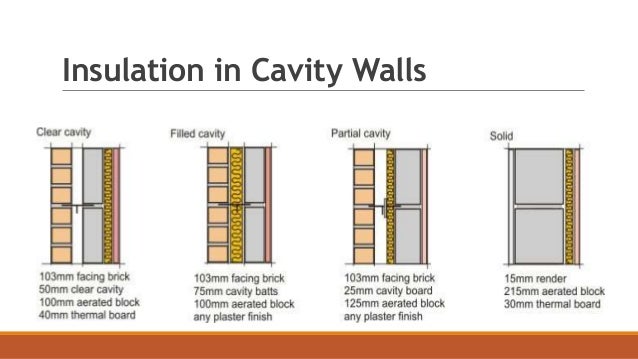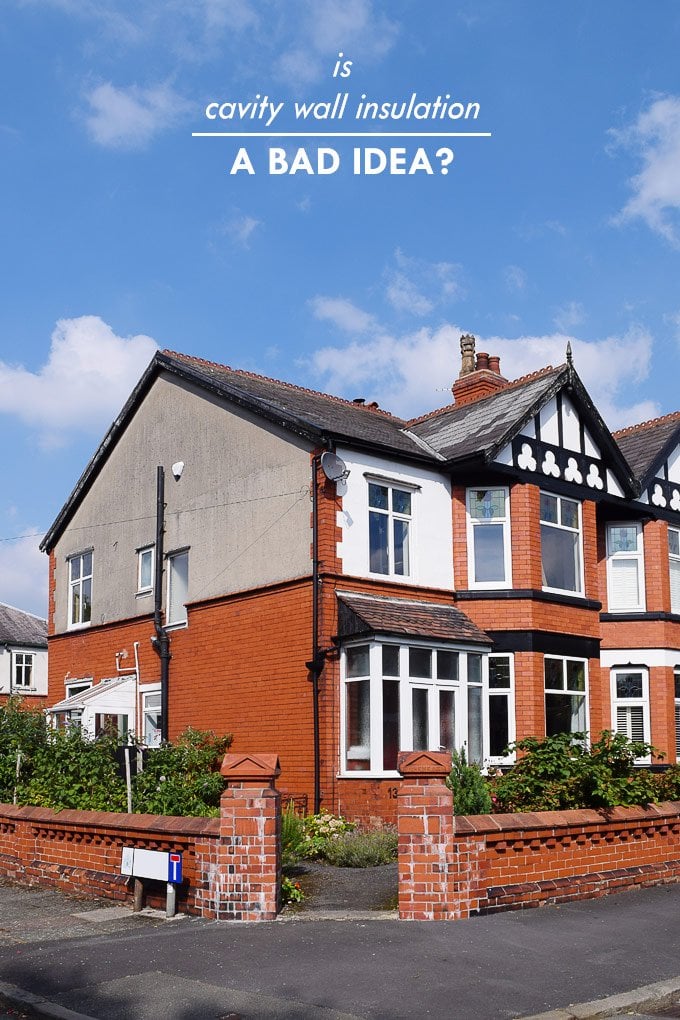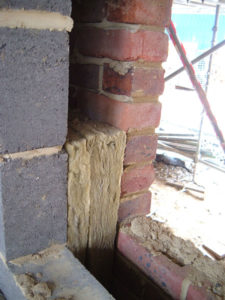Partial Fill Cavity Wall Insulation Advantages

Typically a 50mm residual cavity is required to be maintained between the outer face of the cavity insulation and the inner face of the outer leaf.
Partial fill cavity wall insulation advantages. According to the national building code of india 1983 a wall comprising two leaves each leaf being built of masonry units and separated by a cavity and tied together with metal ties or bonding units is called a cavity wall. Advantages of cavity walls. It is because of the space provided between two leaves of cavity walls is full of air and reduces heat transmission into the building from outside. However one should know how they are constructed and why.
A typical brick and block wall with a 150mm cavity fitted with 100mm of partial fill superwall insulation by superglass would hit a u value between 0 25 0 30 w m2k for example. Diameter size advantage the insulation material used polystyrene bead is so small. The structure is made in a way that the two leaves behave as one structural unit and the space between the leaves is either kept as a continuous cavity or. In ni and roi partial fill cavity wall insulation is widely considered to be the most traditional wall construction build up.
Cavity walls give better thermal insulation than solid walls. However i ve come to realise that most people just refer to cavity wall insulation as if. Some builders started to built in a solid board around 1985 onwards this board was approx 30mm and fitted against the inner leaf of the cavity at this time cavities increased from 75mm to 100mm. However despite the good points attributed to this type of insulation there is also a flipside to using this insulation type.
The use of cavity walls is common in cold countries. In these cases this left a 70mm space of the cavity with no insulation. Semi rigid batts of glass mineral wool or rockwool are the traditional choice. List of advantages of cavity wall insulation.
The normal 275 mm 11 inches cavity wall which is suitable for buildings not exceeding two stories in height consists of two half brick 4 1 2 inch walls with 2 inches cavity. Partial fill cavity wall insulation built after 1985. Full fill cavity insulation advantages disadvantages. The cavity is there to reduce the risk of moisture soaking through the external wall.
In a bid to reduce heat loss nowadays cavities are built wider than in the past to allow for insulation to be installed within them. Cavity insulation advantages and disadvantages are hotly debated on various internet forums and people tend to have very strong opinions on the topic depending on their particular experience. Following are the advantages of cavity wall when compared to solid walls. Using partial fill cavity wall insulation leaves a 50mm gap between the insulation layer and the outer leaf of the wall which acts as a barrier to prevent external moisture reaching the internal leaf.


















